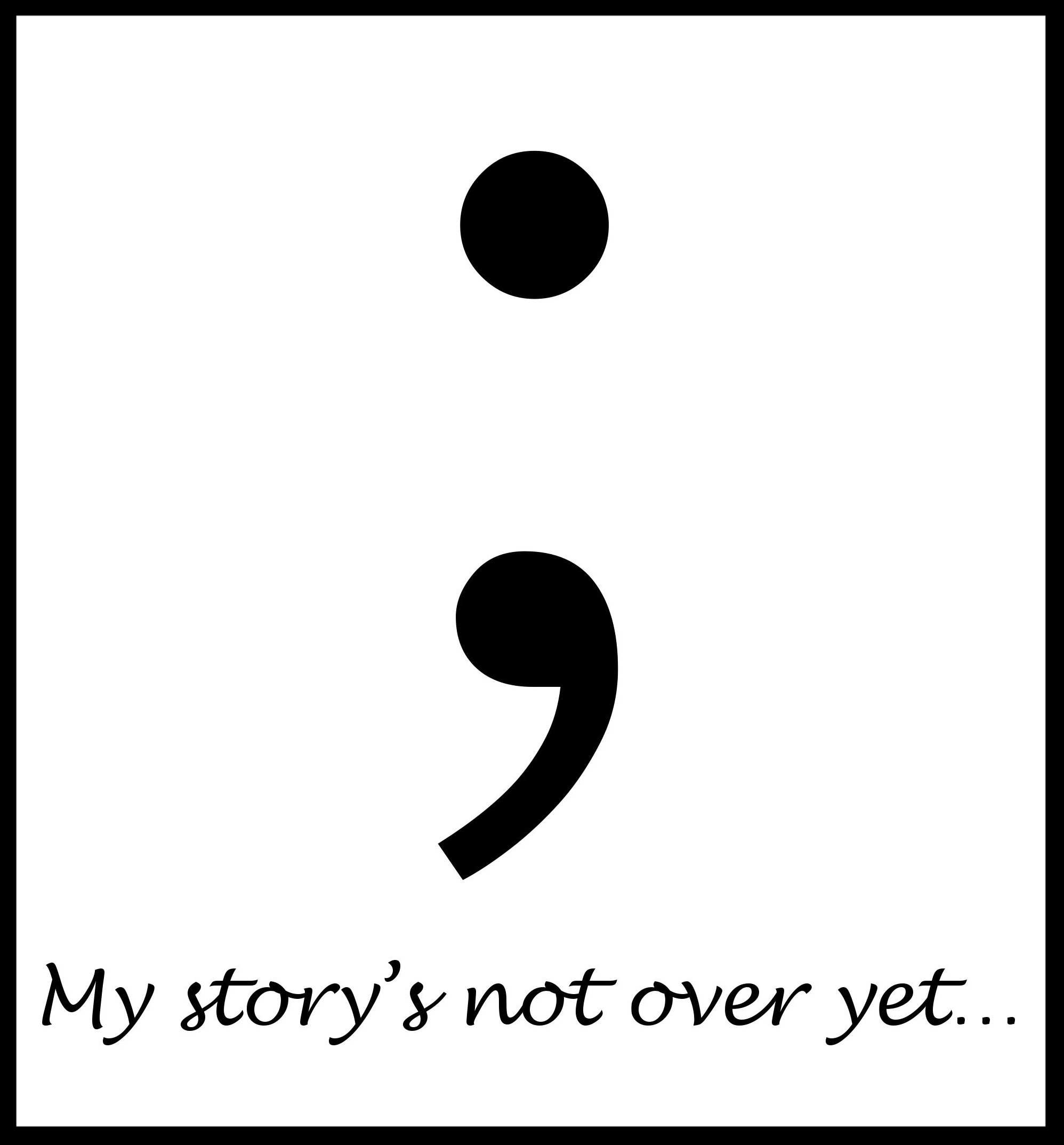The photo above is of the side of my dad’s cereal box (and a bit of the side of my dad). It’s made by a company called Rude Health. All in all they have a pretty nice way of writing (although they’re a bit inconsistent) – they say things like this on their packaging: ‘You’re in rude health when you have muscles in places where most people don’t even have places.’ Nice, right? But the text in the picture above is let down, at least in my super-fussy opinion*, by the presence of a comma splice in the fourth sentence:
‘The proof is in the taste, try it for yourself.’
Splice the mainbrace**
A comma splice is when you use a comma to join two independent clauses. Which you shouldn’t. Why not? Because a comma’s too much of a wimp for the job. Here’s another example of a splice in action:
‘Dean loves chips, he eats them once a week.’
Both parts of that sentence are main clauses in their own right. So that means you need something more hardworking than a comma to join them. In fact, you have a few grammatical choices, you lucky thing. You could:
- split it into two sentences
- use a dash
- swap the comma for a semicolon (ooh, fancy)
- put in a conjunction (a word we use to connect clauses or sentences like and, but or if).
All of which would change our example to:
- ‘Dean loves chips. He eats them once a week.’
- ‘Dean loves chips – he eats them once a week.’
- ‘Dean loves chips; he eats them once a week.’
- ‘Dean loves chips and he eats them once a week.’
Just not a comma. Never a comma. It’s a pretty easy one to remember – if the two parts of your sentence can stand on their own (or are two separate thoughts, if that’s easier to spot), then you’ll need to bring out the punctuation big guns. Because in cases like these the comma just isn’t up to the job.
* They also have three dashes in three consecutive sentences which is annoying. But as someone who uses way too many dashes I’m letting that one slide – although a good proofreader should have picked up on it. I would have got rid of at least one of them.
** I thought I should Google this to check exactly what it means in the world of nautical expressions. Something to do with sails and ropes, I thought. Well, I was half right. Back in days of yore it was an order used on naval vessels to carry out a really difficult repair. But these days it’s an order to get the crew an alcoholic drink. That’s because once a crewman had survived doing the difficult repair, they were rewarded with celebratory booze. And when sails were later replaced by steam, they cut out the middleman and just used the order when the crew deserved an extra tot of rum.
Wow, this blog is super informative.



